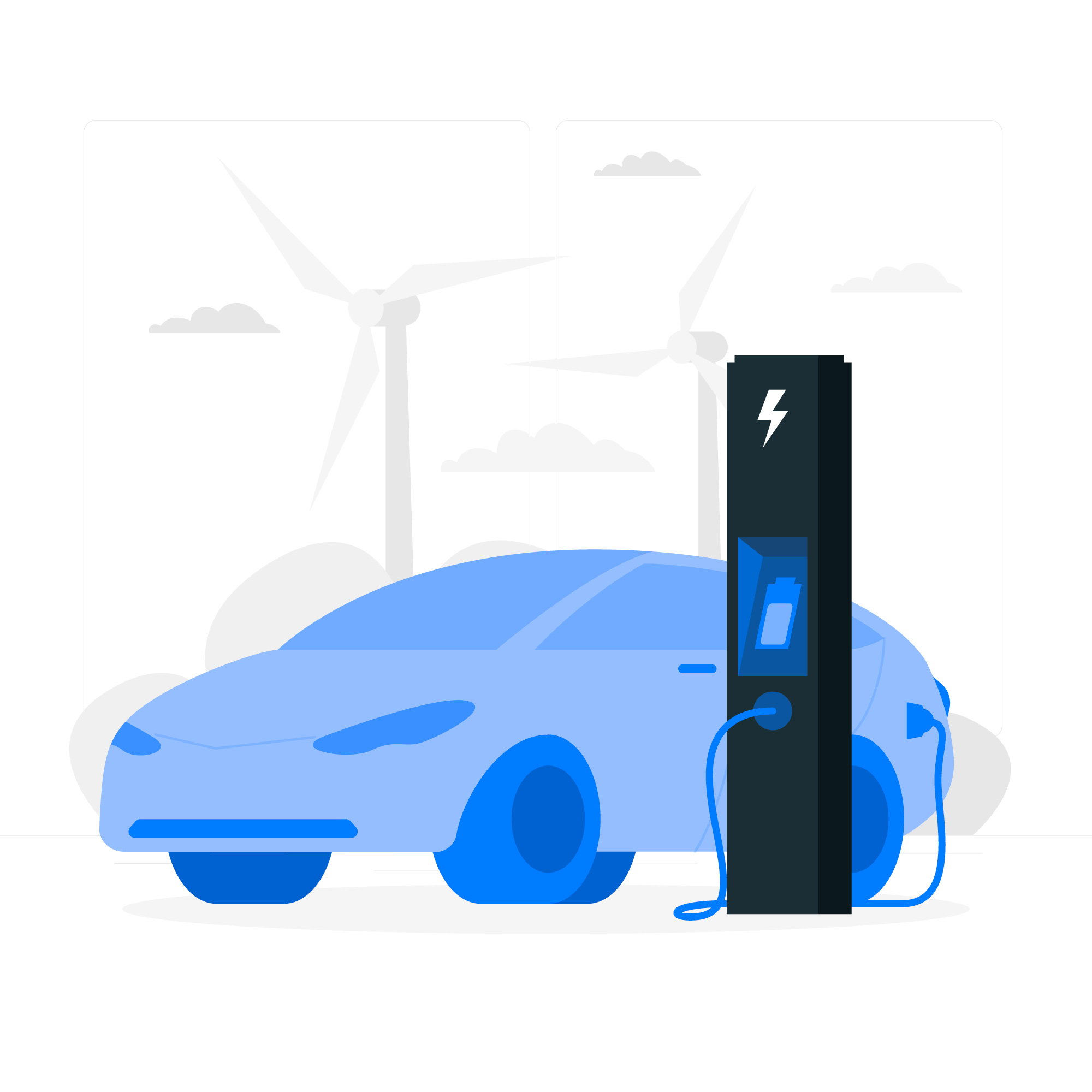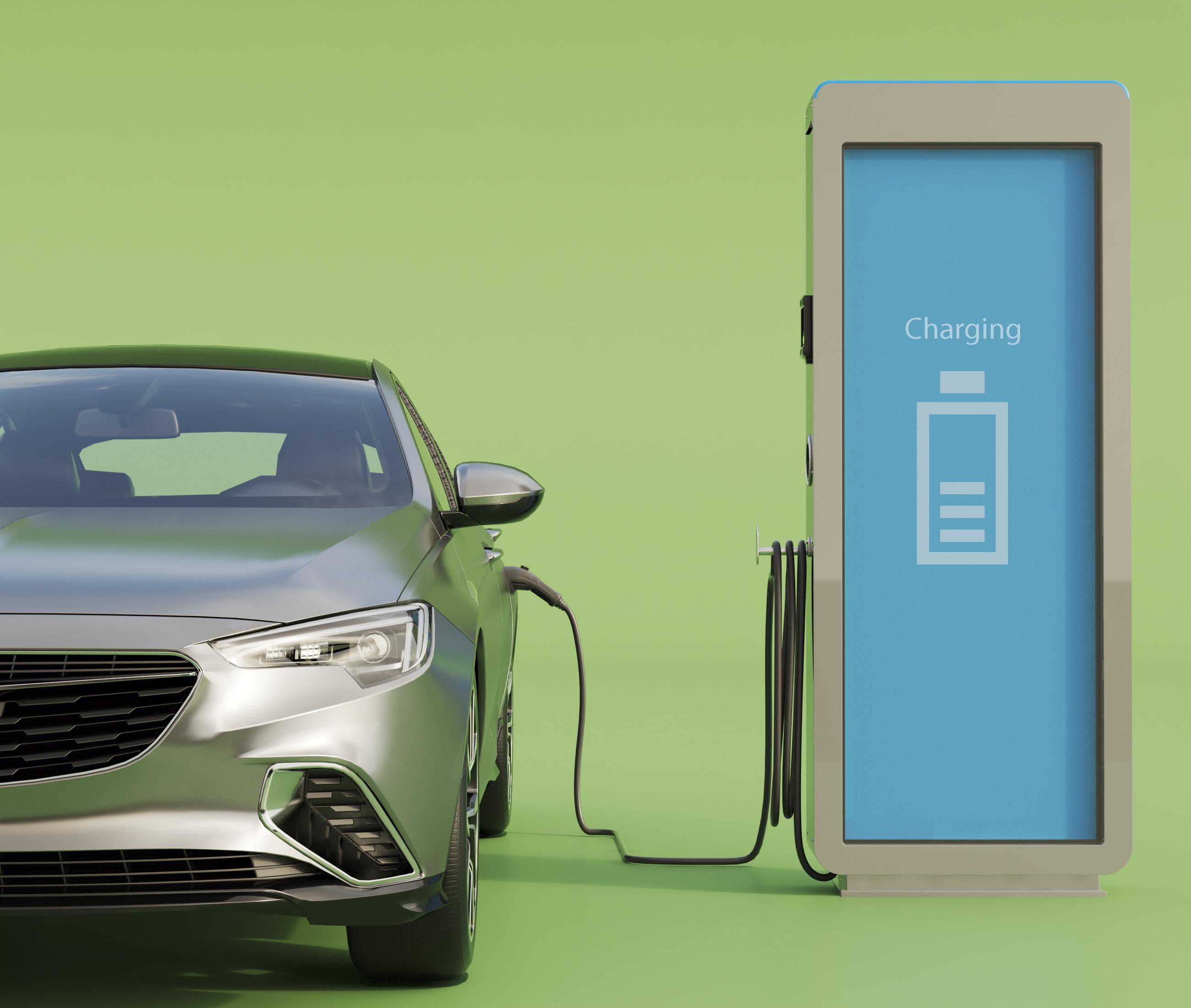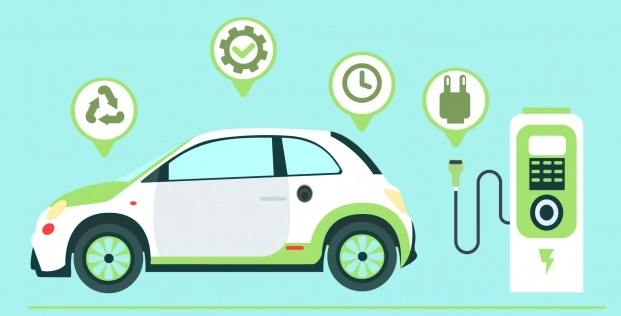

Android has demonstrated a consistent market share over the last few years, and it is expected to do so in the future. As a result, the need for Android mobile app development has increased significantly.
Without even a question, Android is the most popular mobile operating system on the planet. According to StatCounter, Android will have 71.93 percent of the global mobile operating system market share in 2020, while iOS will have 27.47 percent.
A typical Android mobile app development process consists of seven phases. TZI Solutions will help you how to create an Android mobile app from the scratch in this post.
In most development processes, phase 1 is usually planning. The project will be much more secure if the plan is more defined. As a result, detailed preparation is meant to ensure a flawless and error-free mobile app development process.
Begin by sketching down your ideas for your concept. It is critical to have an unbiased picture of your project in order to generate a logical development idea. Consider the app's concept, the potential solutions it addresses, and the challenges you could encounter when developing it.
You may visualize your Android mobile app by answering these questions. It has been proved that establishing the features and advantages of your app will allow you to strike a balance between your entire app development budget and your in-house skills.
As a result, make sure to jot down every minor detail in your ideas in order to be prepared for whatever may arise throughout the development process.
In the previous phase, you should have a very good concept of what your app will look like and what features you want to include. So now is the ideal time to start sketching out your app and creating a storyboard to give your concept some form. However, in order to boost your app's competitiveness, your storyboard must be strategic.
Examine your competitors' performance and the Google App Store's evaluations to see where you'll need to fill those gaps. Their flaws will serve as the ideal USP (unique selling point) for your Android app. As a result, you may look into their mobile app development history for more information on how to choose the best method.
See if you can learn more about the difficulties they faced and how they overcome them. Keep a tight eye on everything, pay attention, and take notes.
A wireframe is commonly a blueprint of your Android mobile app. By wireframing your app, you'll be able to structure it from beginning to end, including app features, tools alternatives that may be required for integration, specifications, and app viability.
Create a storyboard or roadmap to show the links between each screen and how users will traverse the app before you start wireframing.
At this step, your aim is to create a clear picture of how your ideas and planned features will come together to form a usable app. Wireframing also enables you to ensure that your Android app development concept is in line with your overall company plan.
Wireframing your app may be done using a variety of internet tools. However, keep the following tips in mind as you sketch:
The Android interface design team will work on the front-end of your Android mobile app development process at this stage. The backend architectures you'll need to support your app will be driven by your wireframes and storyboard.
As a result, our Android app developers will aim to create the app's user interface(UI) at this time. The app's usability is strongly influenced by the user interface.
Navigation, SQLite, intent, list view, navigation, and collating all data silos to act as a single unit will all be included within the Android mobile app development.
The ultimate objective of this step is to ensure that the Android mobile app is completely bug-free. As a result, it's a good idea to have others test and assess your prototype, particularly people who aren't on your mobile app team.
Their honest opinions on the app's general functioning and attractiveness may provide some developers with valuable recommendations for improving the app's UI and UX.
It's time to launch your Android mobile app whenever you're satisfied with the design and functionality of the UI, and your app is running smoothly after you've fixed all of the bugs.
The Android app development company will submit the app for approval to the Google Play Store. Remember to create a Google account while publishing your app. This will grant you full control over the app, including software permissions.
In most cases, the evaluation procedure takes less than two days. To avoid being rejected in this phase, make sure that your development is completely aware of and strictly adheres to Google's guidelines.
When the Android mobile app is approved by Google Store, the developer’s job isn't finished yet. Developer should execute additional post-deployment services to keep your new users engaged, such as using push notifications to announce a special offer or promotion, offering incentives such as a discount or free service for customers who download your app, and so forth.
TZi Solutions has assisted companies from a variety of industries and locations in expanding their business to the mobile channel and differentiating their brand through human-centric digital experiences. We can help you speed your digital journey and cut time to market by providing pre-built Android app solutions and frameworks.
If you are keen to hire a mobile app development company.Then you are at right place. We have a large pool of talents who can deliver diverse projects with varying requirements.
Simply drop us an email at [email protected] or call us to discuss at +91 8604939888



